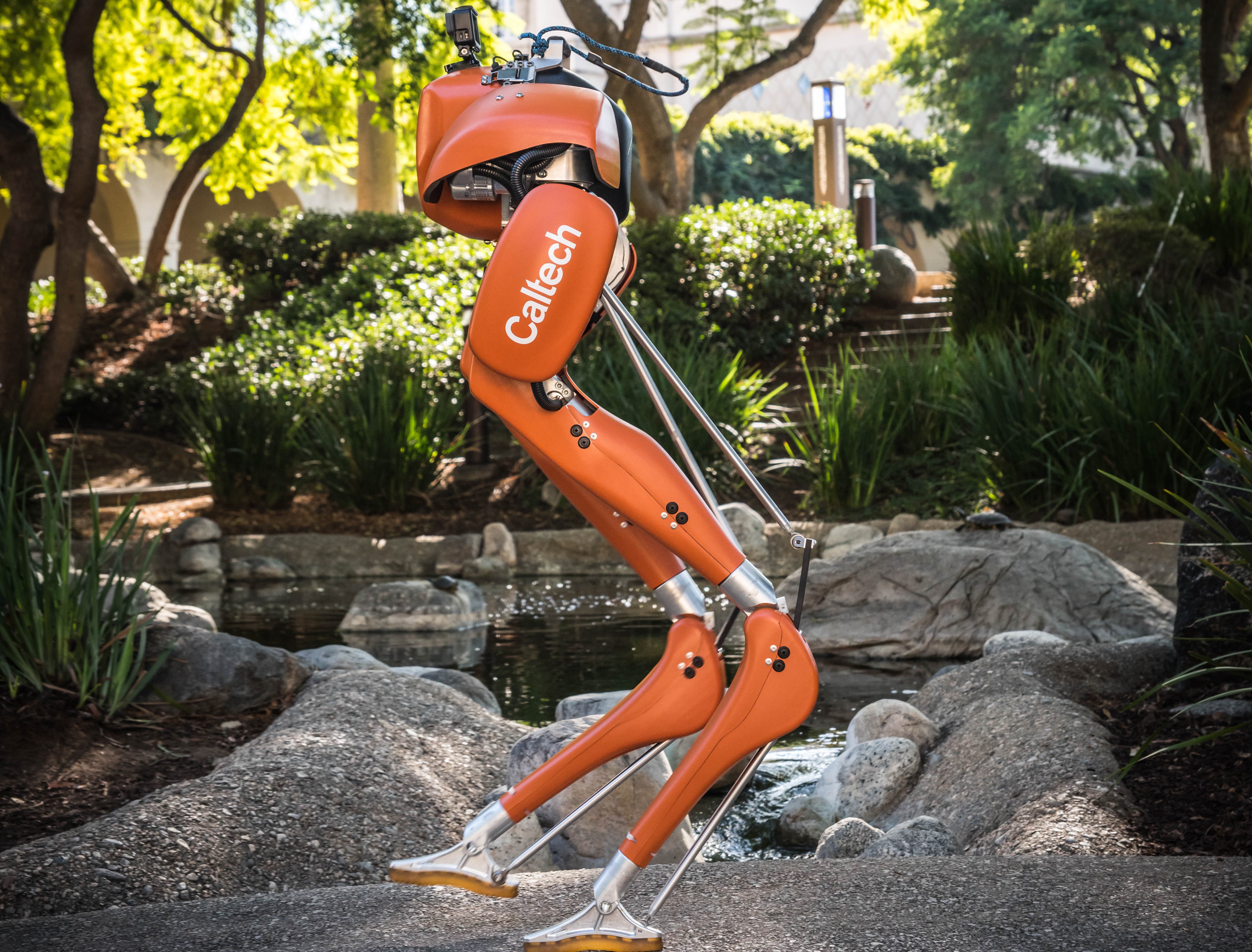Projects

Activists attend a Black Lives Matter march in central London on June 20, 2020. (Daniel Leal-Olivas/AFP/Getty Images)
Protest movements are one of the key ways the citizens interact with the political system unoffocially. Yet, according to theoretical models there is no rational explanation for these behaviors. Using social media evidence from the Black Lives Matter protests in the Summer of 2020 I explicitly opperationalize interest and collective identity in order to investigate how each intereacts with protest activity. In addition, I created a package in order to streamline future collection of Twitter data for dynamic events, such as protest movements, extreme weather events, or even music tours.
- "Personal and Collective Identity in the 2020 Black Lives Matter Protests," Midwest Political Science Association. Chicago, IL, April 2022. ( PDF)
- "Efficient Collection of Large Scale Social Media Protest Data"

Staggering sums of money are today raised and spent by candidates running for U.S. federal office. These vast sums of money being raised in U.S. federal elections flow into the campaign war chests of those running for the U.S. House, the U.S. Senate, and the presidency. Even candidates running today for a seat in the U.S. House of Representatives may often need to raise millions of dollars every two years, and when there is an open House seat, a candidate may need to raise ten million dollars or more to be successful.
The Federal Election Comission keeps a record of all federal campaign donations above $200. Using this data I am working on two projects. The first is a book which analyzes the donation patterns from 1990 to 2020. This is the first comprehensive work of this scale and will inform the community both on the trends of donations as well as who is donating. This can provide a commentary on whether all citizen's voices are being heard equally.
In the second project I am looking at how donation patterns are affected by the legislation promited by incumbents. Specifically, I look to see if the money going to politicians changes when they sponsor legislation specifically aimed at historically margnialized groups. Specifically, I focus on abortion access and voting accessibility legislation with various economic and international affairs legislation as a control.

Working with the Monitoring Election Team as part of the Celtech/MIT Voting Technology Project:
"Questions often arise after contested elections: was the election conducted in a free and fair manner? This was certainly the case in 2016, where many concerns were raised before, during, and after the presidential election --- in particular about the potential intervention in the 2016 U.S. presidential election by foreign governments or their agents.
As we head into the 2020 U.S. election cycle, our project will election officials in California and Oregon to build comprehensive quantitative election performance auditing applications. Currently we are working with Orange County and Los Angeles County (California) and with the State of Oregon. We will be providing additional details of the 2020 projects in the very near future. This research project is developing and implementing comprehensive ecological methodology to evaluate the conduct of state and federal elections in Southern California"

In the AMBER Lab at the California Institute of Technology, I had to opportunity to work with Cassie from Agility Robotivs. Cassie is a facinating robot to work with, with a larger center of mass in its torso and very light legs in theory one can apply techniques developed for smipler robots. In my work on Cassie, I developed a method to implement highly theoretical methods on Cassie with impressive results.
- Reher, Jenna, Claudia Kann, and Aaron D. Ames. "An inverse dynamics approach to control lyapunov functions." 2020 American Control Conference (ACC). IEEE, 2020.(PDF)

In the AMBER Lab at the California Institute of Technology, I partnered with the French firm Wandercraft to work on they lower body exoskeleton Atalante. Atalante is designed for patients with disabilities results from spinal cord injury, neuromuscular disease or stroke. My work was focused on trying to improve the method that the robot moved in order to increase comfort for the user
- Tucker, Maegan, Ellen Novoseller, Claudia Kann, Yanan Sui, Yisong Yue, Joel Burdick, and Aaron D. Ames. "Preference-based learning for exoskeleton gait optimization." 2020 IEEE international conference on robotics and automation (ICRA). IEEE, 2020. (PDF) Best Human-Robot Interaction and Best Conference Paper Award ICRA 2020
- Gurriet, Thomas, Maegan Tucker, Claudia Kann, Guilhem Boeris, and Aaron D. Ames. "Stabilization of Exoskeletons through Active Ankle Compensation." arXiv preprint arXiv:1909.11848 (2019). (PDF)

At Rice University, in the Mechatronics and Haptic Interfaces Lab, I worked on robotic wrist rehabilitation. Specifically, I was studying the effects of these robotic devices on how people move. Robots offer a solution for when repetative motions are needed to performed and there is a shortage of physical therapists, but we question where it is an acceptable replacement.
- C.G. Rose, E. Pezent, C.K.Kann, A.D. Deshpande, M.K. O'Malley., "Assessing Wrist Movement with Robotic Devices," in IEEE Transactions on Neural Systems & Rehabilitation Engineering (TNSRE), 2017 (PDF)
- C. G. Rose, C. K. Kann , A. D. Deshpande, M. K. O'Malley., "Estimating Anatomical Wrist Joint Motion with a Robotic Exoskeleton," in IEEE Intl. Conf. on Rehab. Robotics (ICORR), 2017 (PDF)